|
I'm a senior-year undergraduate student major in Computer Science at ShanghaiTech University, with a wonderful year(22-23) spent in UC Berkeley. I'm working on representation learning. I'm from Suzhou. Email / Resume / Classes / Google Scholar / Github / Twitter |

|
|
I am currently an undergraduate researcher in Berkeley Artificial Intelligence Research Lab(BAIR) advised by Prof. Yi Ma. I'm interested in unsupervised/self-supervised representation learning and interpretable deep learning architectures. My goal is to develop principled learning techniques that model the structures of real-world information at scale, with applications on visual recognition, 3D generation, multimodality, etc. |
|
Fall 2024: I'm applying for Ph.D. in Machine Learning & Computer Vision. Jan 2024: Our paper CPP and CRATE-AE were accepted by ICLR 2024! See you in Austria. Nov 2023: Our paper CRATE-Segmentation was accepted by CPAL 2024 and NeurIPS 2023 XAI Workshop, both as Oral! Note: see here for what's CPAL. Nov 2023: New preprint! We present the comprehensive version of CRATE. Sep 2023: Our paper CRATE(white-box transformer) was accepted by NeurIPS 2023! May 2023: Gonna leave lovely Berkeley (as well as U.S.), finishing 7 tech courses and a few interesting research projects. |
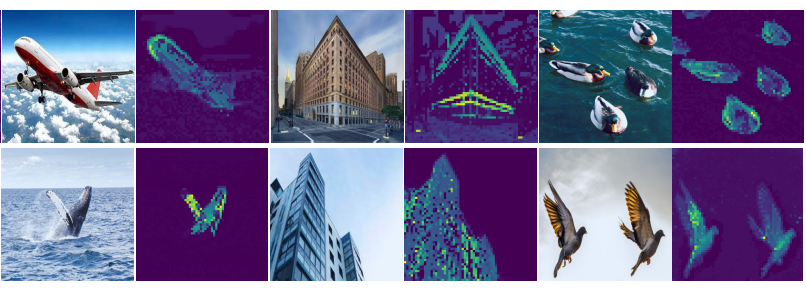
|
Yaodong Yu*, Tianzhe Chu*, Shengbang Tong, Ziyang Wu, Druv Pai, Sam Buchanan, Yi Ma Accepted by CPAL 2024(Oral), NeurIPS 2023 XAI Workshop(Oral)(4 out of 59 accepted papers) demo / project page / code / arxiv The white-box transformer leads to the emergence of segmentation properties in the network's self-attention maps, solely through a minimalistic supervised training recipe. |
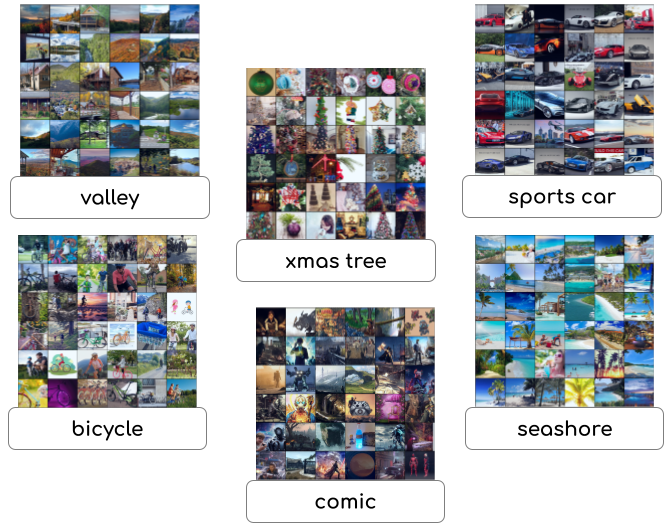
|
Tianzhe Chu*, Shengbang Tong*, Tianjiao Ding*, Xili Dai, Benjamin D. Haeffele, René Vidal, Yi Ma Accepted by ICLR 2024 project page / code / arxiv This paper proposes a novel image clustering pipeline that integrates pre-trained models and rate reduction, enhancing clustering accuracy and introducing an effective self-labeling algorithm for unlabeled datasets at scale. |
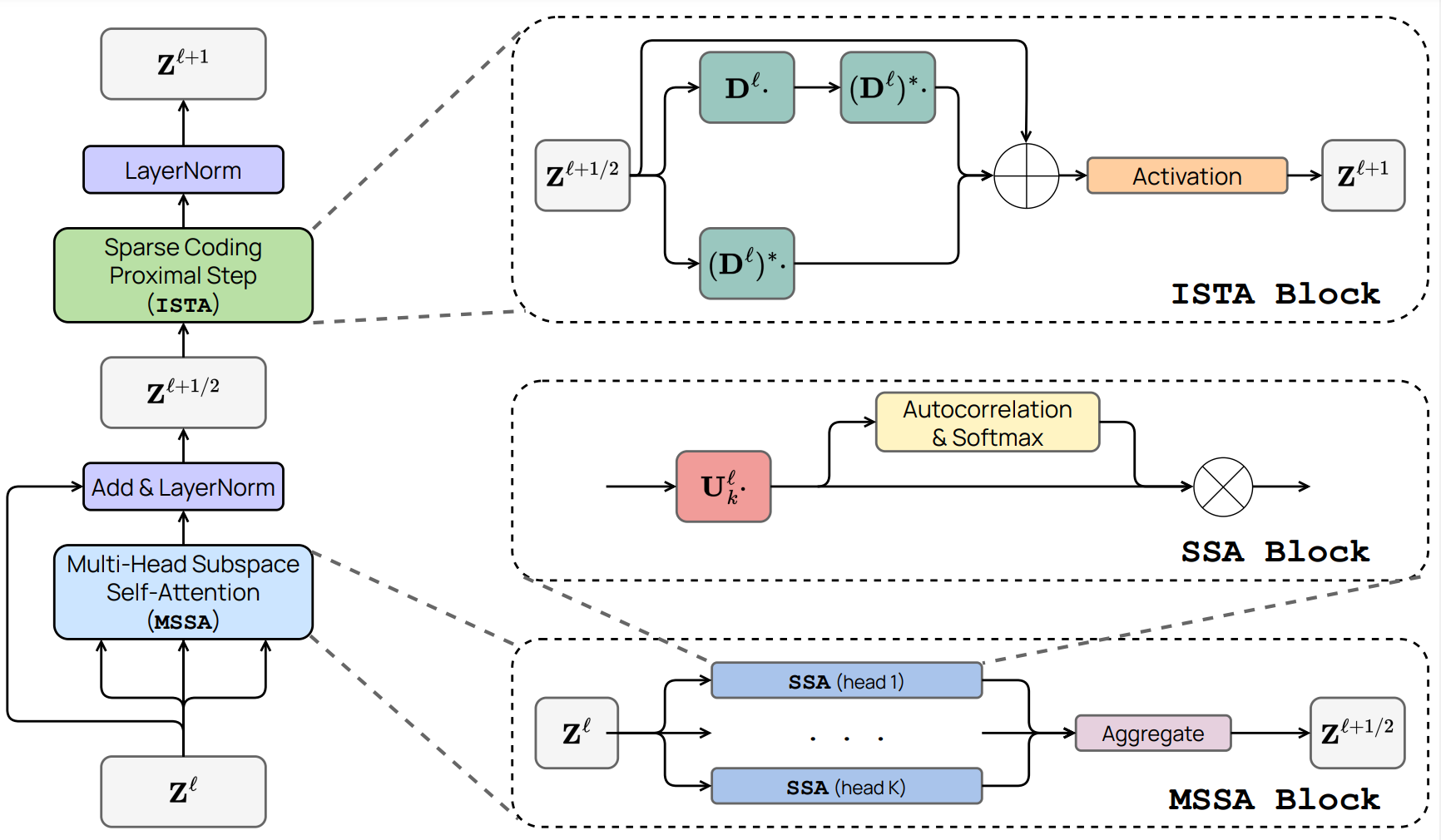
|
Yaodong Yu, Sam Buchanan, Druv Pai, Tianzhe Chu, Ziyang Wu, Shengbang Tong, Benjamin D. Haeffele, Yi Ma Accepted by NeurIPS 2023 code / arxiv We develop white-box transformer-like deep network architectures which are mathematically interpretable and achieve performance very close to ViT. |
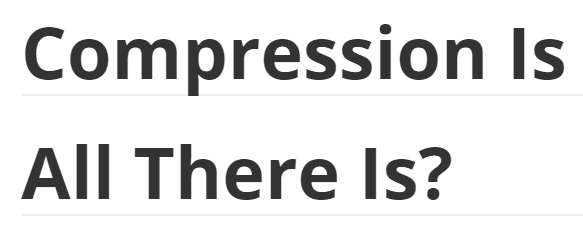
|
Yaodong Yu, Sam Buchanan, Druv Pai, Tianzhe Chu, Ziyang Wu, Shengbang Tong, Hao Bai, Yuexiang Zhai, Benjamin D. Haeffele, Yi Ma Submitted to JMLR project page / code / arxiv We propose CRATE(comprehensive version), a “white-box” transformer neural network architecture with strong performance at scale. “White-box” means we derive each layer of CRATE from first principles, from the perspective of compressing the data distribution with respect to a simple, local model. CRATE has been extended to MAE, DINO, BERT, and more transformer-based frameworks. |
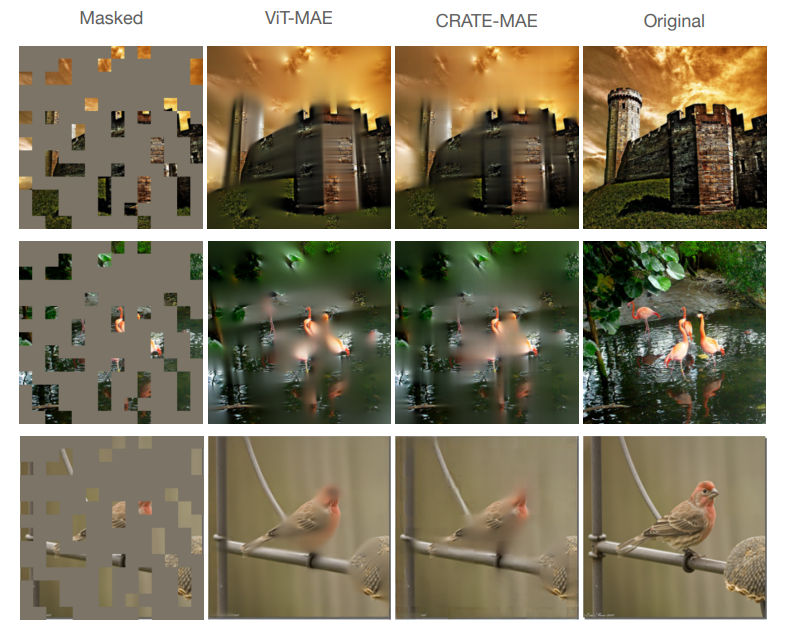
|
Druv Pai, Ziyang Wu, Sam Buchanan, Tianzhe Chu, Yaodong Yu, Yi Ma Accepted by ICLR 2024, CPAL 2024(non-archival track) project page / In coming! We exploit a connection between denoising diffusion models and compression to construct white-box masked autoencoders from first principles. |
|
I am helping build a website for grad school applicants in EE/CS. Stay tuned~ If you need some academic guidance / talk about my research / chat about AI, shoot an email to me. |